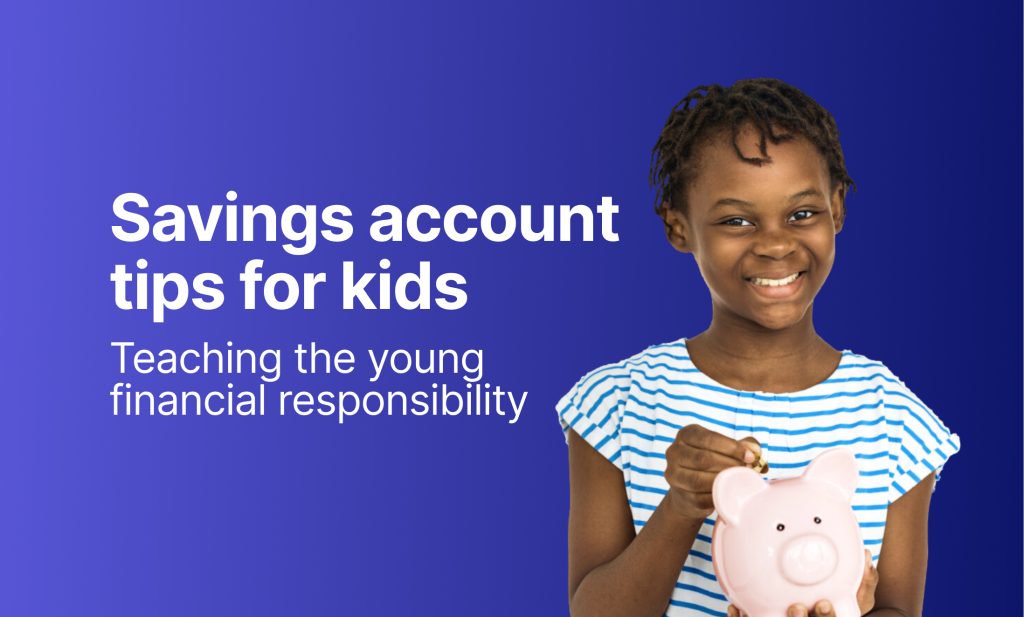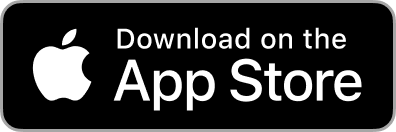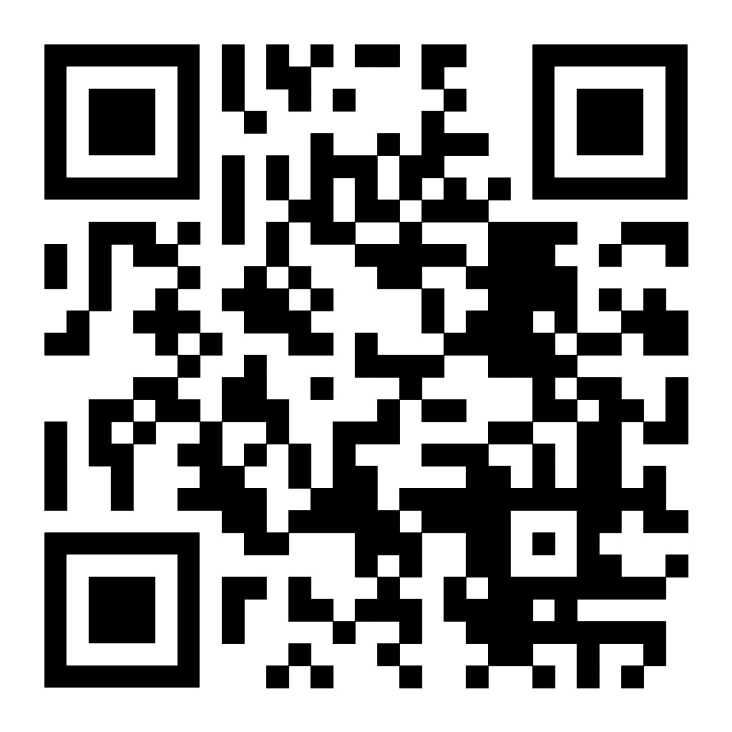Limited-time offers have become a key ingredient in successful marketing strategies. They help inject a sense of urgency and excitement into the customer journey.
We all know internet users have very short attention spans. Interestingly, time-limited promotions are attractive marketing pieces that do very well in grabbing attention. This unique advantage can help your business boost sales and improve customer engagement.
In this article, we’ll learn the secrets to boosting sales with limited-time offers. We’ll delve into consumer psychology and effective advertising tactics. Additionally, you’ll see real-life examples of limited-time offers to inspire your marketing strategy in 2024.
Let’s dive in.
The Psychology Behind Limited-Time Offers
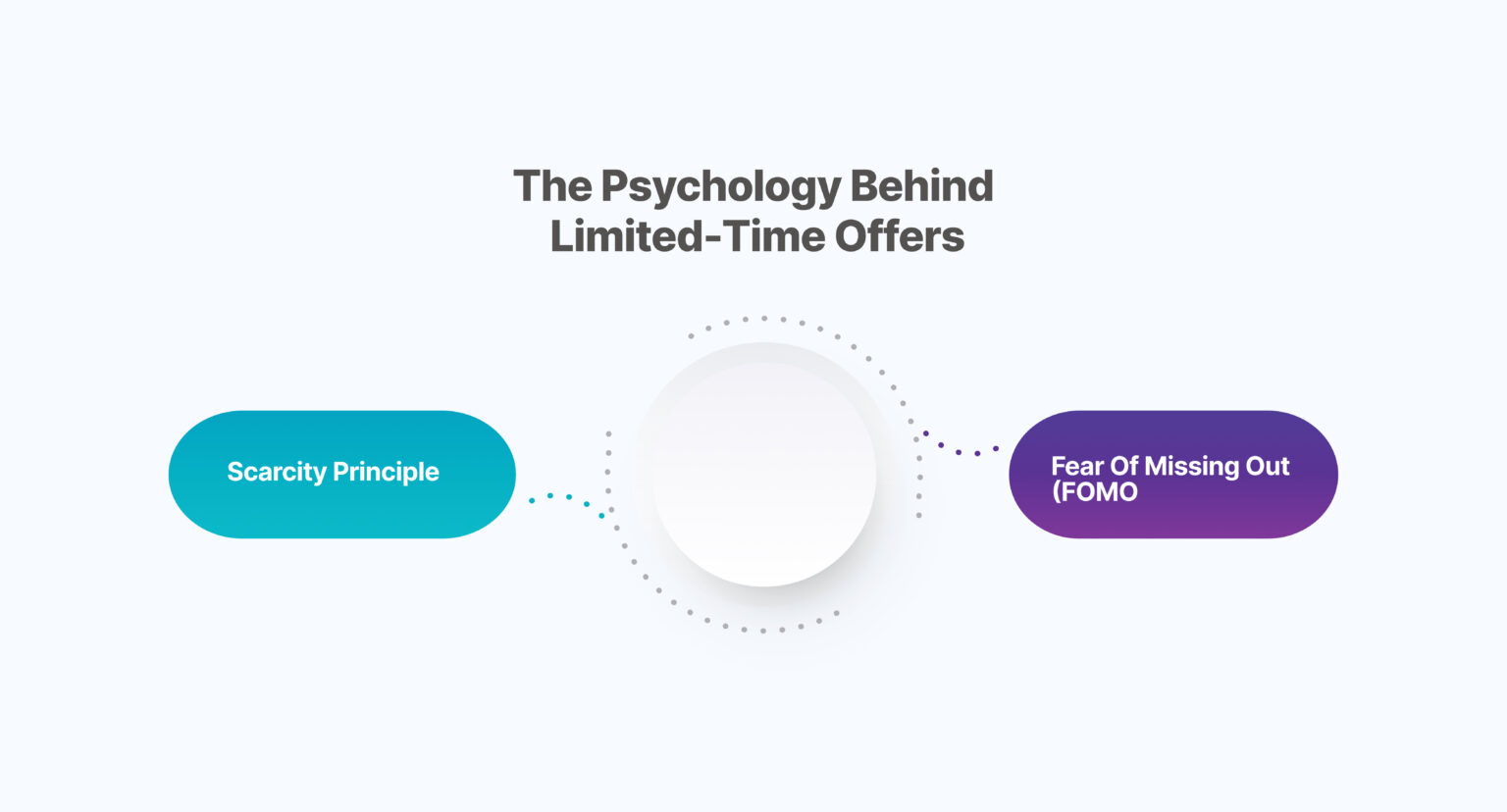
Limited-time offers have a powerful influence on consumer behaviour, capitalising on key aspects of human psychology to drive sales and engagement.
The secrets behind the effectiveness of limited-time offers are psychological drivers. These psychological drivers are scarcity and the fear of missing out (FOMO).
How do these psychological drivers work?
The Scarcity Principle: This suggests that when customers perceive an item as rare, available for a short period, or in short supply, they place a high value on it.
Limited-time offers cleverly leverage this by creating a sense of temporal scarcity. Consumers see that the opportunity is short-lived, which compels them to act fast before it runs out.
Fear of Missing Out (FOMO): The idea of missing out on a limited-time deal or limited special offer triggers a sense of urgency.
A customer would rather make that quick purchase than let an exclusive, limited-time sale slip away.
Ads and marketing emails that emphasise scarcity and evoke FOMO stir up feelings of excitement and anticipation. This makes users want to respond before it disappears.
Let’s go deeper to see how limited-time offers can transform your ads and emails into potent marketing tools.
Designing Effective Limited-Time Offer Ads
Designing effective limited-time offer ads requires a careful blend of creativity and precision.
Here are some key components of a successful ad. And real-world examples to show you how they work.
Key Components Of Successful Ads
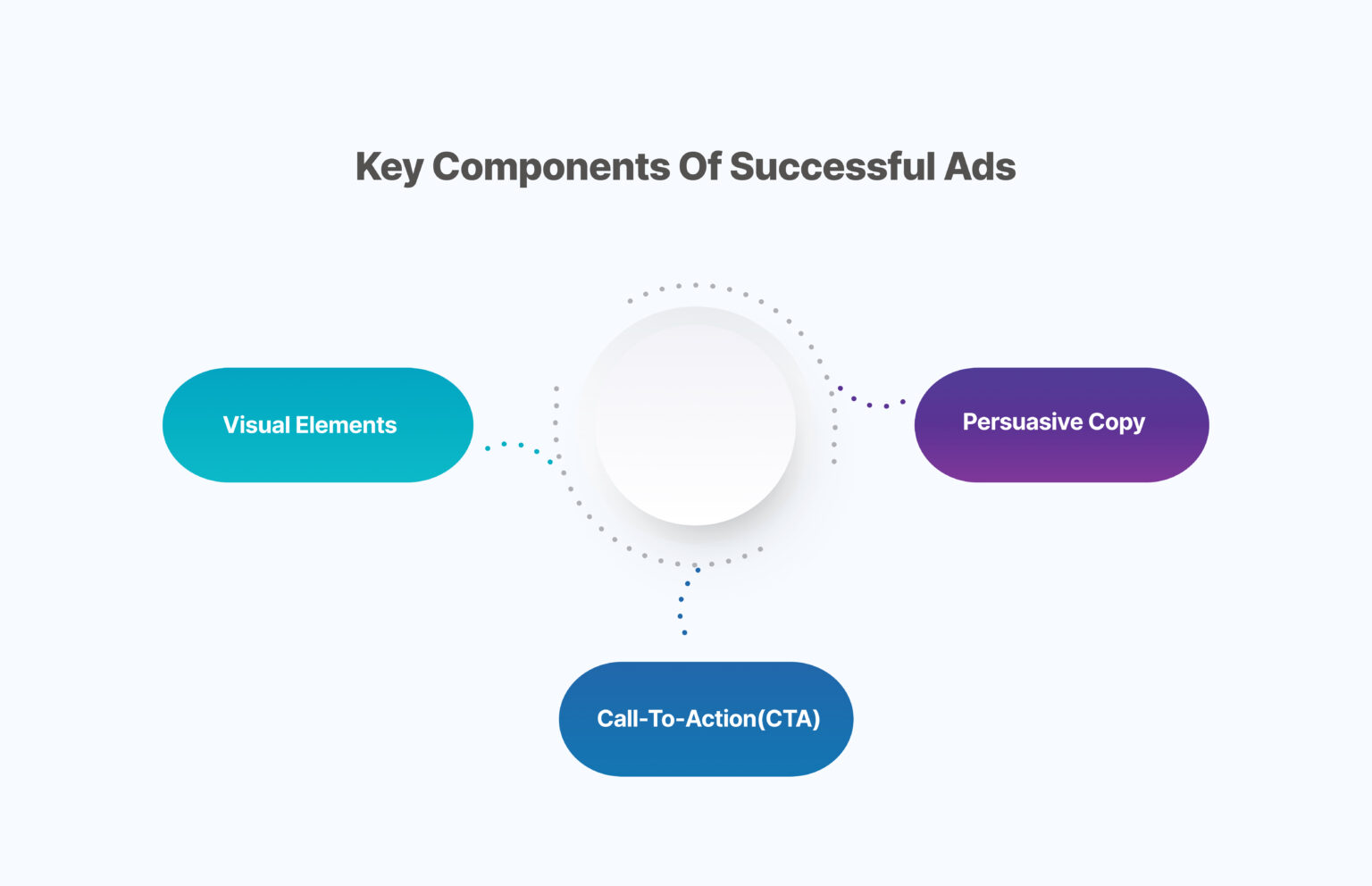
A successful limited-time offer ad is a delicious cocktail of visual elements, persuasive copy, and a compelling call to action.
Visual Elements: Attention-grabbing visuals are important in attracting potential customers.
Imagine scrolling through your phone and suddenly seeing a bright, interesting picture with a great design. It grabs your attention, doesn’t it? This is how visual elements work.
Persuasive Copy: These words work magic to get your customers to take the desired action.
These words convince customers to purchase, try a new product or simply get them curious to learn more.
limited-time offer wording should highlight the exclusive benefits of the offer and limited-time availability. This evokes a sense of urgency.
Call-to-action (CTA): CTAs are a guiding force that directs customers on the next steps.
Your CTAs should be compelling and emphasise the urgency of your offer.
Countdown timers or limited stock information give an extra boost. They reinforce time-sensitiveness. You should also consider including them.
5 Real-World Examples Of Limited-Time Offer Ads
Now, Let’s check out how brands deliver good limited-time offer ads.
1. Apple’s iPhone 15 Product Launch
This ad creates anticipation and a buzz at the launch of the iPhone 15.
The ad showcases sleek visuals and highlights new features, prompting consumers to pre-order the phone.
With exclusive features and a limited pre-order window, they can create a sense of urgency and demand.
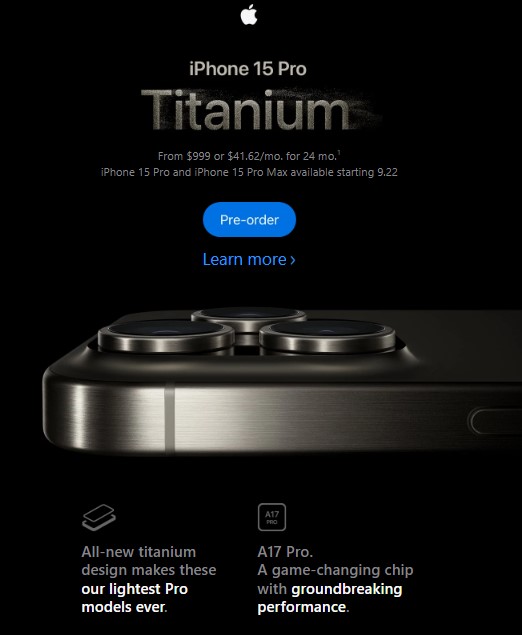
Image via Milled
2. Burger King’s Deal
Isn’t there just something divine about food pictures? You can almost taste them virtually.
See how Burger King uses this visually appealing photo to captivate its audience. They also strategically place the offer in the image.
They boldly display the discounted price right next to the burgers. With the Oct. 31 end date, they emphasise the transience of the offer.
This is a brilliant way to tempt and get customers to take the desired action.
Check out the ad in the image below:
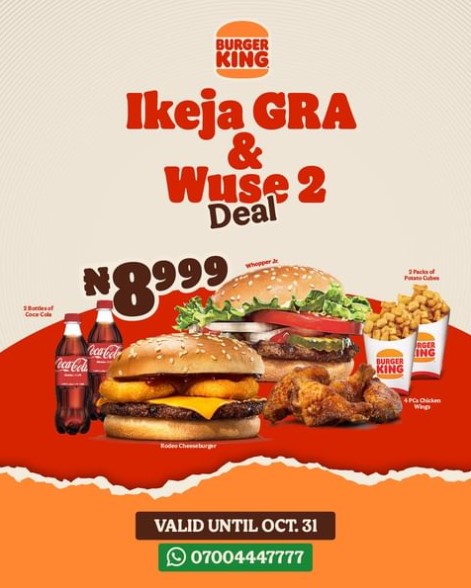
Image via Instagram
3. Nike’s Last Chance Sales
Nike cleverly uses “last chance” to trigger a sense of urgency.
The phrase “last chance” tells customers that discounts on selected products are available for a limited-time only. This is expected to create FOMO amongst customers.
Selected items are displayed here together with the discount highlighted in green.
Showing the old and new prices side by side reiterates the value of the offer.
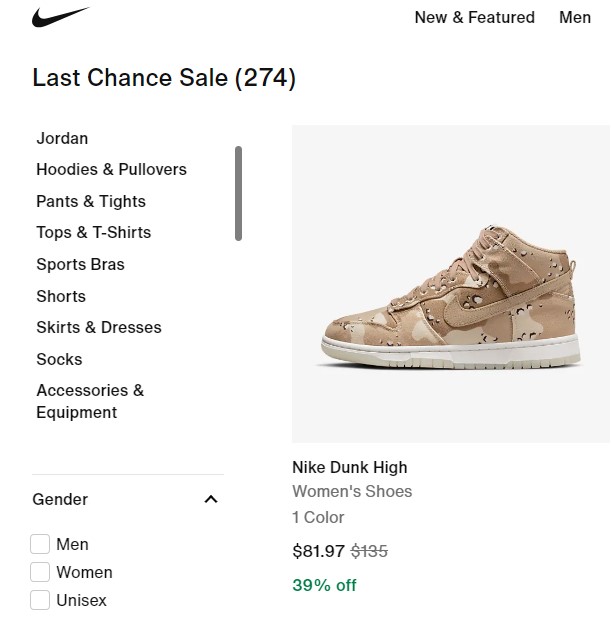
Image via Nike
4. ThermoPro’s Deals
ThermoPro deals offer limited-time discounts on selected products in this ad.
43% off is the limited-time offer here. “Top deals sale” indicates the discount is available on higher-end products.
To emphasize urgency, they include a countdown timer. The phrase “one day only” reinforces the limited-time nature of the deal.
The ad also prominently displays a CTA “Act NOW!”. Such CTAs drive ad-viewers to make a purchase before the deal expires.

Image via Milled
5. Gokada’s Deal
In this limited-time offer ad, Gokada offers a 5% discount.
The ad prominently displays the cost-savings benefit. It’s the first thing anyone would notice. Savings benefits are usually instantly attractive to customers.
The offer is available to the first 500 customers and lasts till 7 pm.
This creates some sense of competition and urgency. And drives users to take quick action.
Users would race to be among the first 500 so they don’t miss out.

Image via Instagram
The Art of Crafting Limited-Time Offer Emails
Crafting compelling limited-time offer emails requires a deep understanding of email marketing strategies.
You can create excellent email campaigns by implementing effective tactics. And by drawing inspiration from engaging examples.
Let’s explore some email marketing strategies and examples.
Email marketing strategies for limited-time offers
Here are three strategies to use when writing limited-time offer emails:
Use A Compelling Subject Line
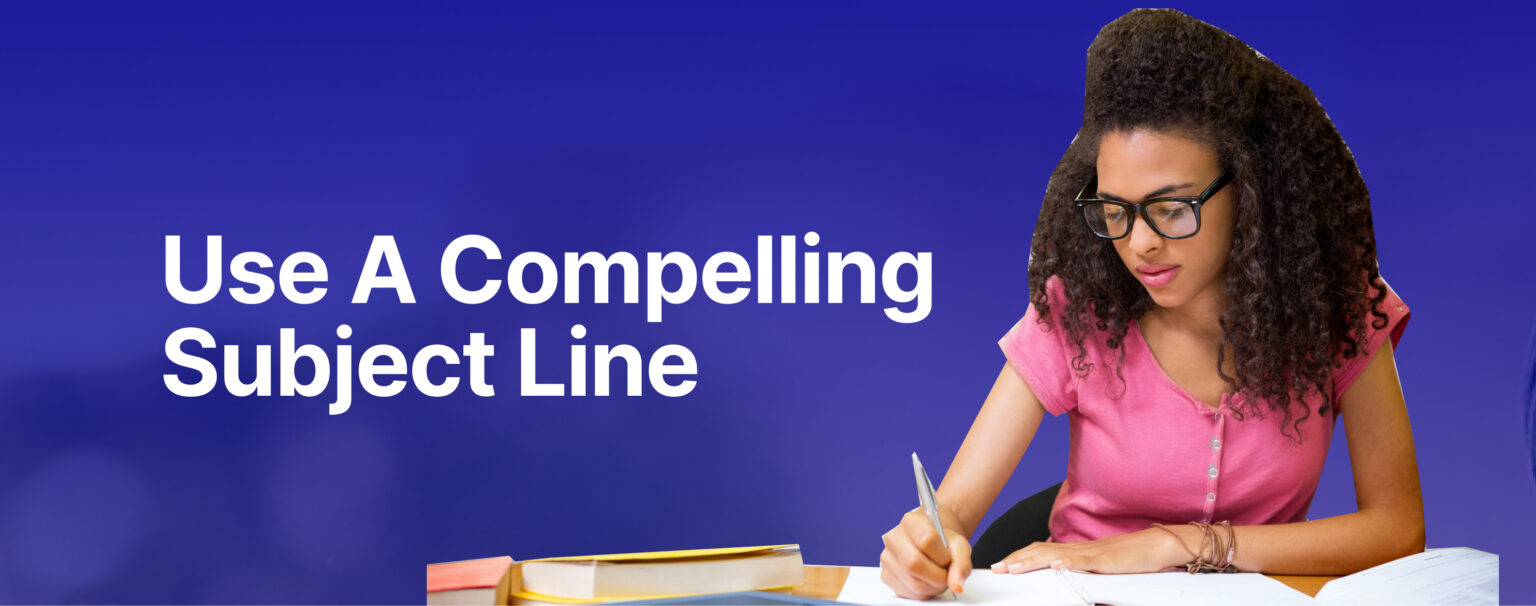
The success of your limited-time offer email starts with a compelling subject line that communicates urgency and value.
Phrases like “Last Chance”, “Exclusive Offer Inside” or “limited-time Savings” grab attention instantly.
A good subject line is the secret to high open rates and engagement.
Use A Visually Appealing Layout

A visually appealing layout, accompanied by high-quality images and clear, concise copy, reinforces the offer’s value.
Additionally, including a prominent and clickable call-to-action (CTA) guides recipients towards the desired action.
Segment Your Audience For Personalisation

Audience segmentation is the foundation of successful email marketing. Divide your audience into groups based on specific characteristics. This makes delivering personalised emails easier.
5 Examples Of Engaging Limited-Time Offer Emails
Let’s now see five interesting examples of limited-time offer emails.
1. Sephora’s Limited-Time Discounts
Sephora sent this email with a compelling subject line “Something GREAT in this email”.
This subject line will compel a curious reader to open the email to find out what’s inside.
Take a look at the layout, the sharp display of the discount offers and the CTA.
Brightly coloured visuals make the 20% and 30% discounts stand out.
The offer end date (December 10) is also strategically placed above the CTA, it tells viewers it won’t last for long and guides them to the CTA that says “Shop to Redeem”.
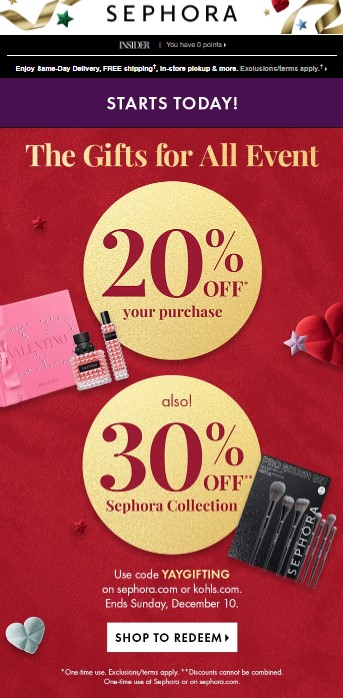
Image via Milled
2. ClassPass’ 1-Month Free Offer
This ad shows energetic visuals of different fitness activities.
The CTA “Claim your free offer” may seem wordy, but it performs two functions.
It shows the benefit of the word “Free” and also compels readers to act swiftly.
See also the prominent display of “3 days left”, a good substitute for a countdown timer. This emphasises urgency.
And, of course, the “1-month free” benefit is the icing on the cake!
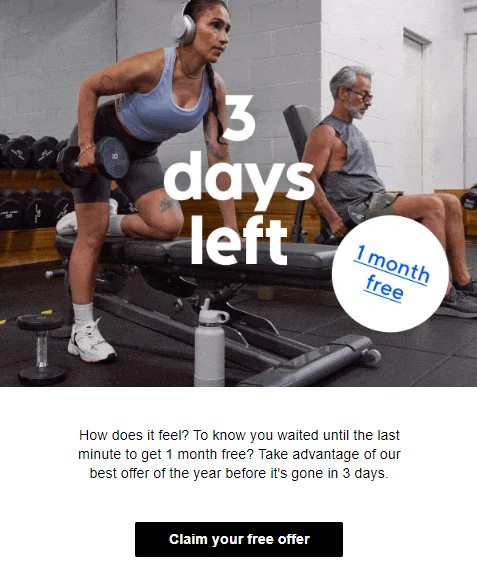
Image via Milled
3. Casper’s 4th of July Sale
This email ad highlights the exclusivity of this offer by prominently displaying “Subscriber Exclusive”.
The title “4th of July Sale” indicates the limited, 1-day validity period.
It offers a 25% discount to its email subscribers. The email ad encouraged subscribers to use a code to enjoy this special offer.
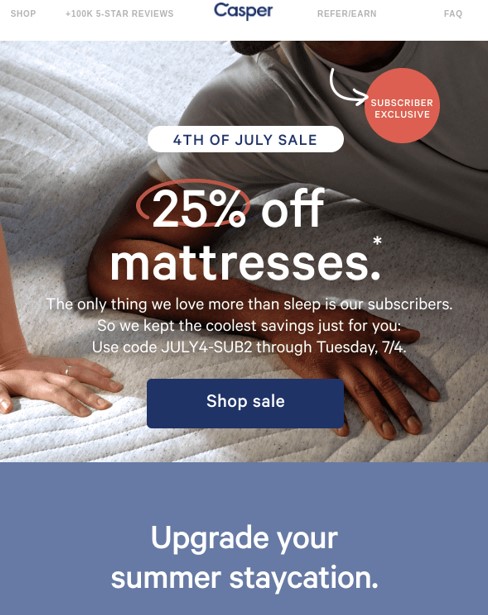
Image via Really Good Emails
4. Amazon Prime Day Deal
This Amazon limited-time offer email is brief and visually engaging.
The subject line “30% off for Amazon Prime Day” communicates value and urgency.
“30% off” offers a savings benefit. The other part of the subject line indicates it’s a limited-time special offer for “Amazon Prime Day”. The offer is valid for two days only
The email body also features clear product images, a concise copy, and a bold CTA.
All these elements work together to influence recipients to buy the discounted item.
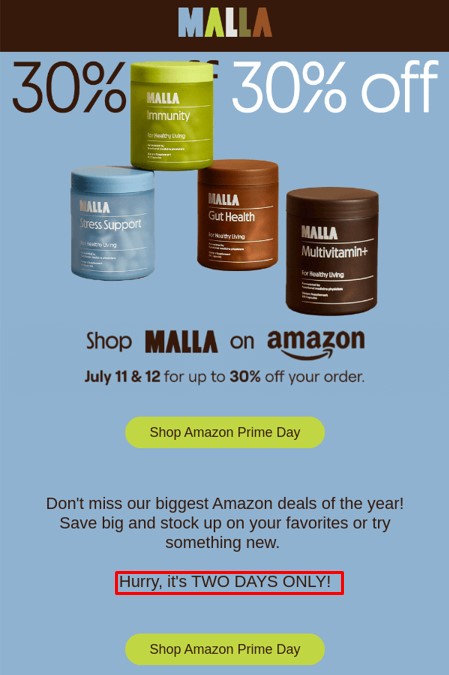
Image via Really Good Emails
5. Spotify’s Premium Offer
Spotify sent out this email targeting a particular customer segment.
This demonstrates one benefit of audience segmentation.
The email subject line “Final call: Get your 2 months free of premium” creates a sense of urgency.
The CTA “Get 2 months free” performs a double function. It emphasises a benefit and gets readers to act.
They also don’t leave out the validity period information: “Offer ends May 31, 2023”.
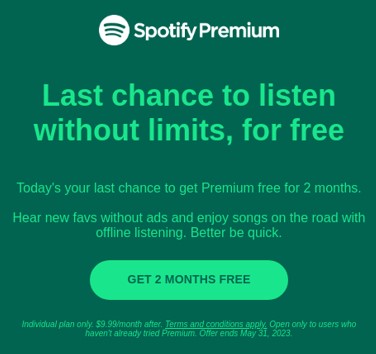
Image via Really Good Emails
The Role of Zero-Party Data in Limited-Time Offers
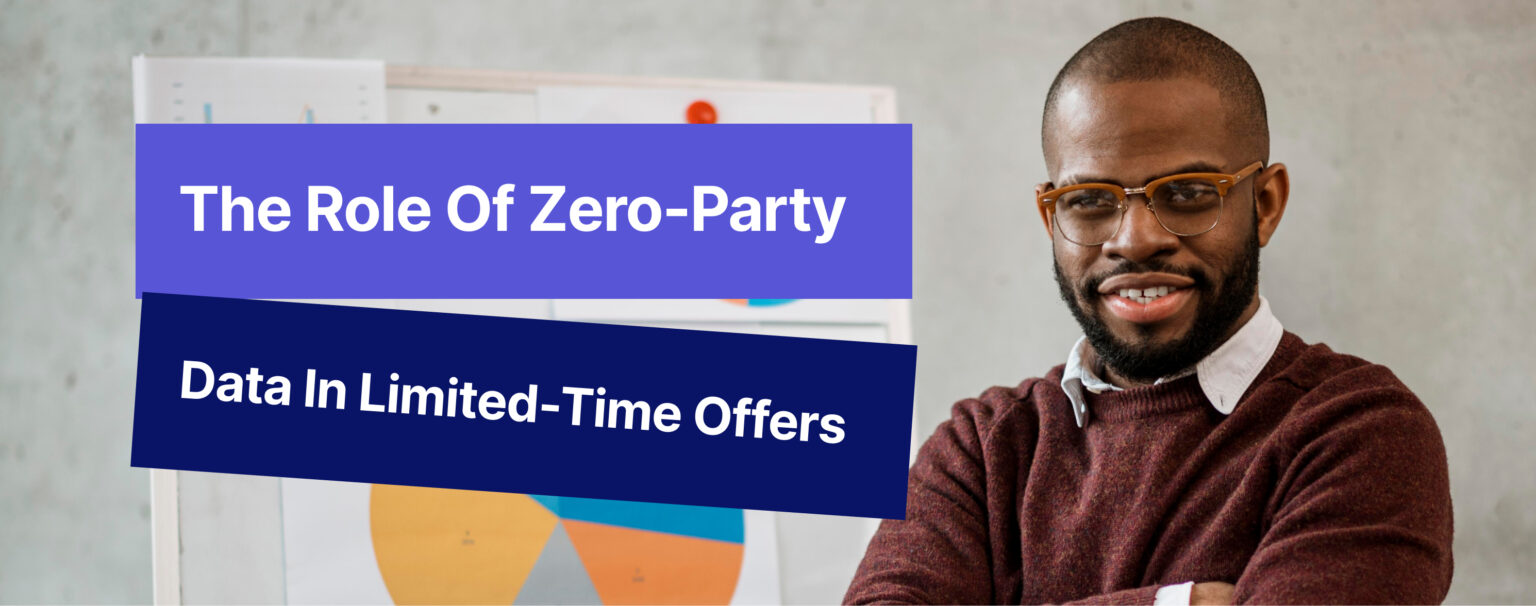
In today’s marketing landscape, understanding your customers is more crucial than ever. While traditional data collection methods can be valuable, they often lack the depth and transparency that come from customers directly sharing their preferences. This is where zero-party data comes in.
Zero-party data is information that individuals intentionally and proactively share with a brand. It goes beyond basic contact details and dives into valuable insights like:
Preferences: Favourite products, desired features, shopping habits.
Opinions: Feedback on experiences, brand perception, and product suggestions.
Intentions: Purchase considerations, future needs, buying triggers.
By collecting zero-party data ethically and strategically, you can:
Personalise marketing campaigns: Tailor messaging and recommendations based on individual preferences.
Improve product development: Gain insights into customer needs and desires to inform future offerings.
Enhance customer experience: Deliver personalised recommendations, address pain points, and build stronger relationships.
Here are some effective ways to collect zero-party data:
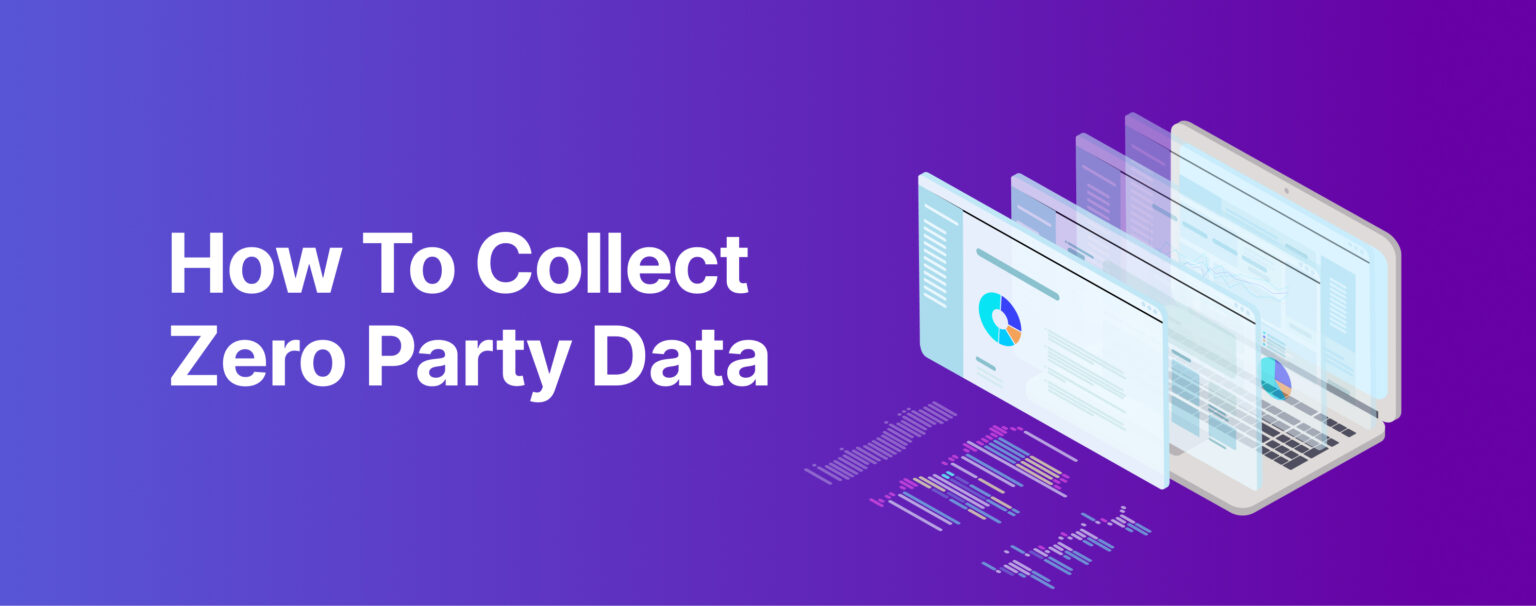
Interactive experiences: Utilise product recommendation quizzes or preference polls on your website or social media. Offer relevant suggestions or content in exchange for their input.
Signup forms: Go beyond the basic “name and email” by including optional fields for interests, preferred communication channels, or product usage.
Customer surveys: Conduct surveys via email, in-app notifications, or social media to gather feedback on specific aspects of your brand or product.
Conversational popups: Engage website visitors with brief, targeted questions about their needs or preferences, providing context and value in return for their insights.
Post-purchase interactions: After a purchase, ask for feedback on the experience or product or offer incentives for them to share their thoughts on social media.
Preference centres: Allow customers to manage their communication preferences and update their information, giving them control and transparency.
How can you leverage zero-party data to design limited-time offers?

Zero-party data holds the key to designing compelling limited-time offers that resonate with your customers. Here’s how:
Identify customer segments: Group customers based on shared preferences using zero-party data like preferred products, purchase history, and interests.
Tailor offers: Design limited-time offers that cater to each segment’s specific needs and desires. For instance, offer discounts on frequently purchased items for repeat customers, early access to new products for those interested in specific features, or free trials for customers expressing interest in a particular product category.
Personalized communication: Use zero-party data to personalise communication channels and messaging. Highlight the specific benefits of the offer that cater to each customer’s preferences, increasing relevance and engagement.
Create urgency: Leverage the offer’s time-bound nature by setting clear deadlines and communicating them effectively. This can encourage interested customers to take immediate action.
Measure success: Track the performance of your limited-time offers based on factors like conversion rates and revenue generated. Analyse which offers resonate best with specific customer segments, allowing you to refine your approach for future campaigns.
By leveraging the power of zero-party data, you can move beyond generic limited-time offers and create targeted experiences that resonate deeply with your customers, driving higher engagement and conversion rates.
Remember, building trust and offering value is the key to successful zero-party data collection. Be transparent about using the data, provide clear opt-in options, and always prioritise customer privacy.
Best Practices For Limited-Time Offers
Consider the following best practices to get the best out of your time-sensitive promotions.
Create Urgency

Creating a sense of urgency is important for driving immediate action. You employ tactics that communicate the transient nature of your offer.
Such tactics include using countdown timers and phrases like “Limited-Time-Only”, “Act Now”, “Offer Expires Soon” etc.
Additionally, you want to create FOMO. This will compel customers to make swift purchasing decisions.
Use Effective Wording

Persuasive and compelling copy must convey value and urgency. Your limited-time offers require this to be appealing.
Use language that taps into the emotions of your audience.
For example, words and phrases like “VIP Access” or “Special offers” suggest exclusivity. They make your audience feel honoured and valued.
You must tailor the wording to resonate with your target audience.
Measure Success

Evaluating the success of limited-time offer ads hinges on quantifiable metrics.
You should track your campaign’s conversion rates. Conversion rates indicate the percentage of engaged users who converted into customers.
You also want to analyse click-through rates (CTR) to gauge audience interest and responsiveness.
Additionally, scrutinise overall sales and revenue impact within the specified timeframe.
Customer feedback is crucial. Customer feedback provides qualitative insights into satisfaction and brand perception. Use social media or surveys to get feedback.
Employ analytics tools to monitor website traffic and user behaviour. It shows you the specific channels driving the most conversions.
By marrying quantitative and qualitative data, you can precisely measure the success of your limited-time offer.
Analysing The Impact of Limited-Time Offers on Sales
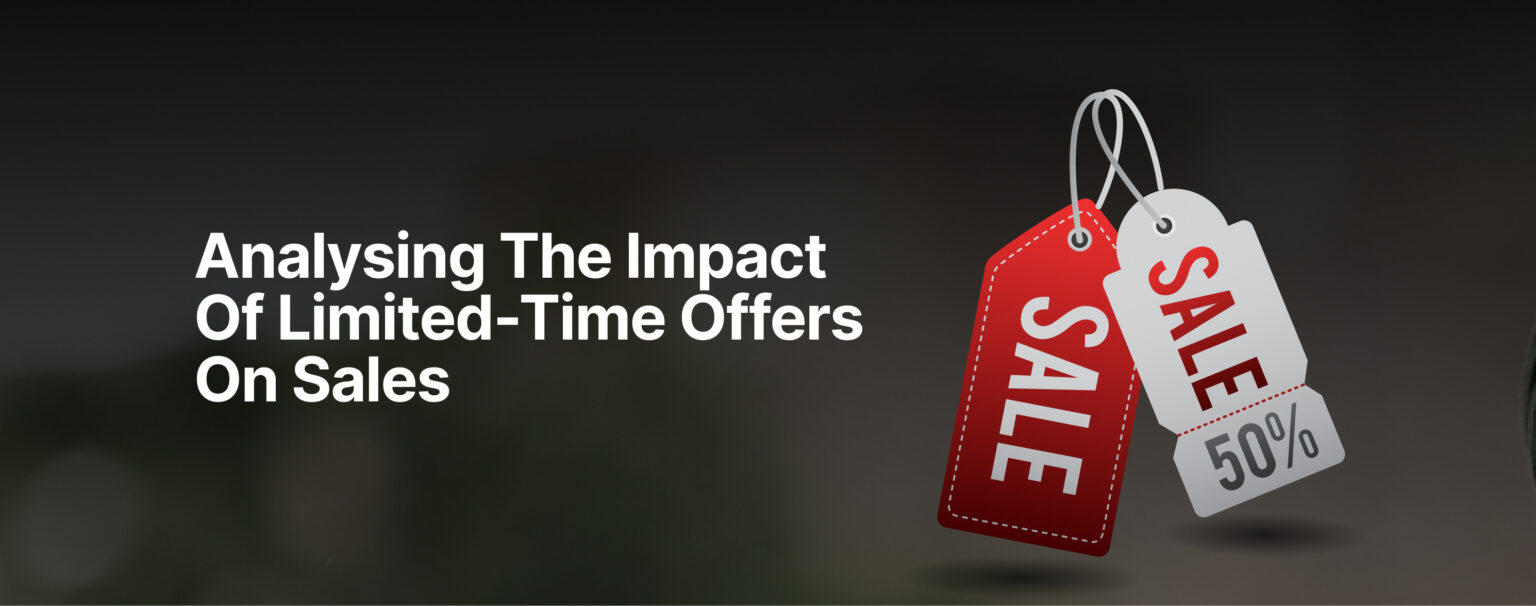
Understanding the impact of limited-time offers on sales is essential for refining future marketing strategies.
Careful analysis is important. Why is it important? It helps you gain insights into the effectiveness of your limited-time offers.
These points will help your analysis:
Analyse Customer Engagement Metrics:
Metrics to analyse your website traffic, open rates, click-through rates, etc.
They tell you the effectiveness of your campaigns. It shows your conversion rates and the level of interest generated among your audience.
Check The Return On Investment (ROI):
Compare the promotion costs against the generated revenue.
This analysis will give you insights into the campaign’s financial impact. You may then use the insights for future planning and budgeting.
Final Thoughts
Mastering the art of limited-time offers requires a strategic blend of certain elements, including psychology, creativity, and data-driven insights.
Creating a sense of urgency and using effective wording is also crucial. They help you craft compelling content that captivates audiences and drives sales.
Don’t forget to track and measure your performance. This will be useful for future decision-making.
To get extra help and support for your business finances, try the Mintyn Business Account today!
Please leave a comment and let us know your thoughts.




